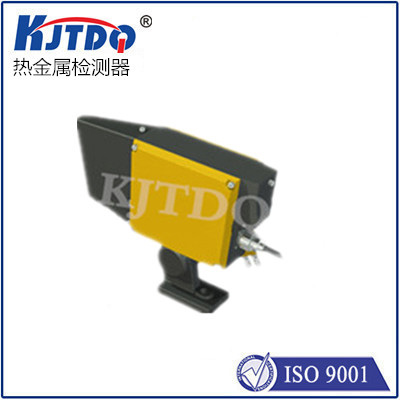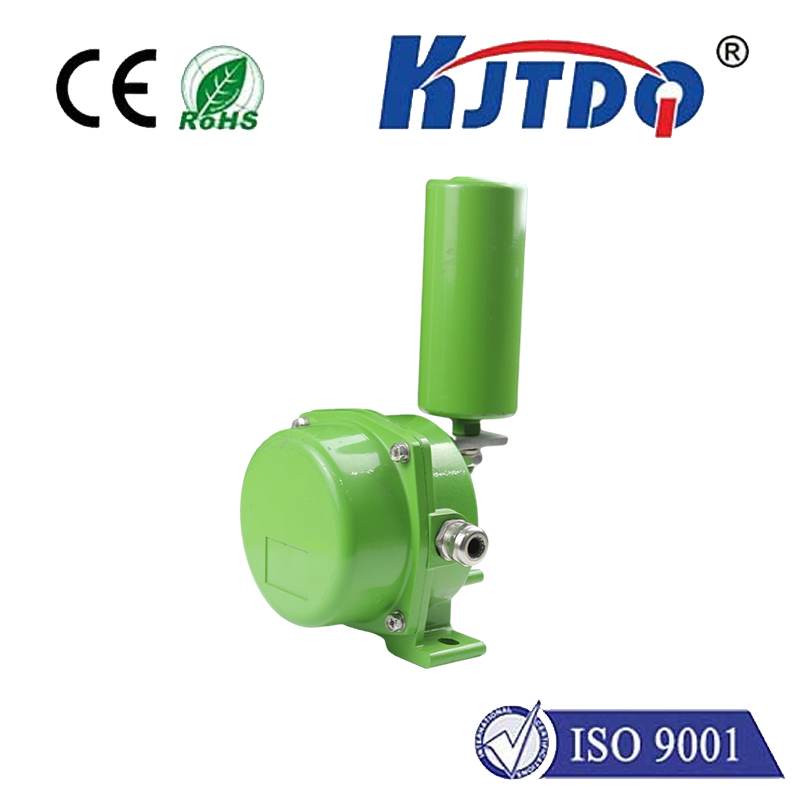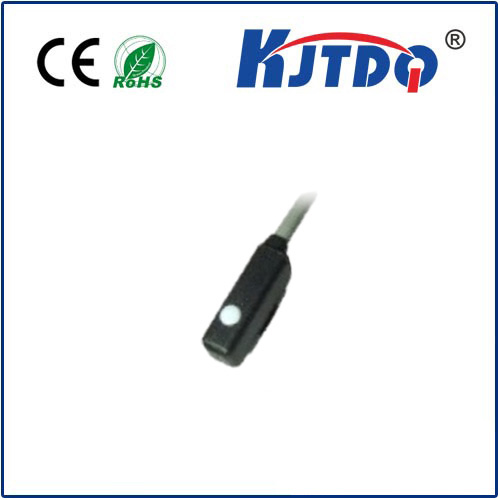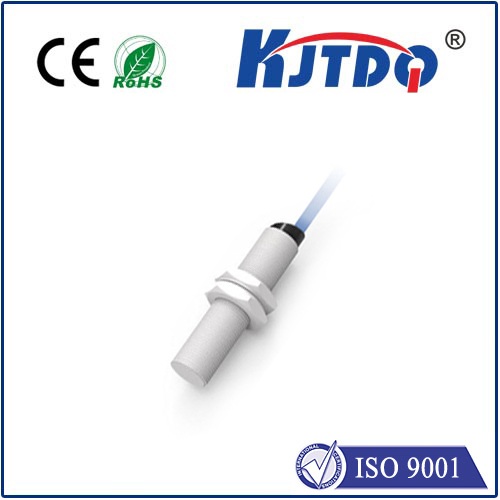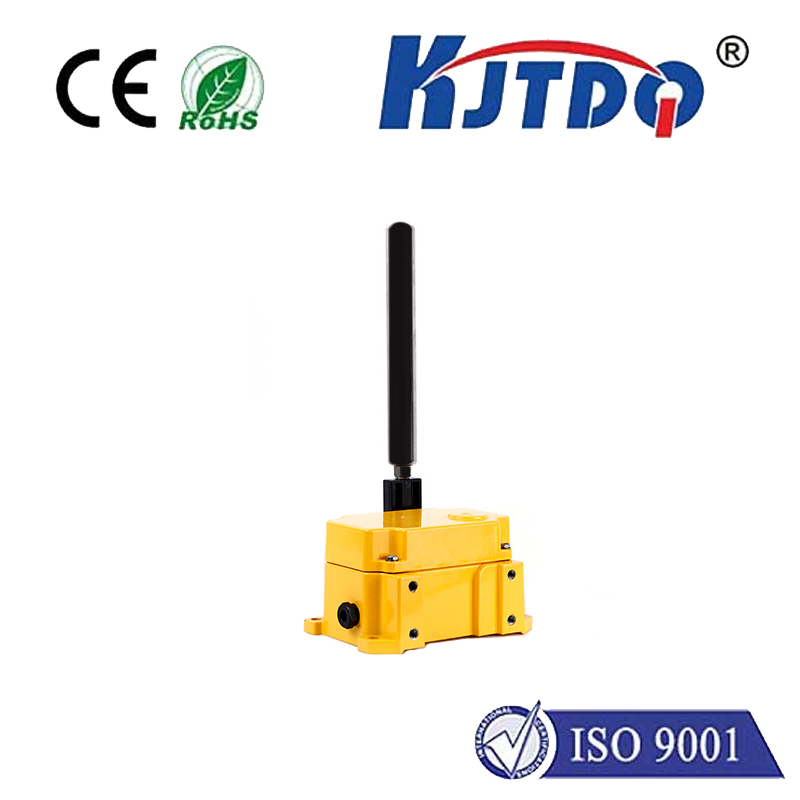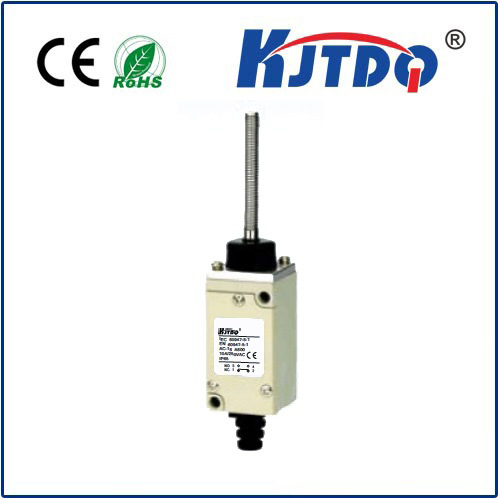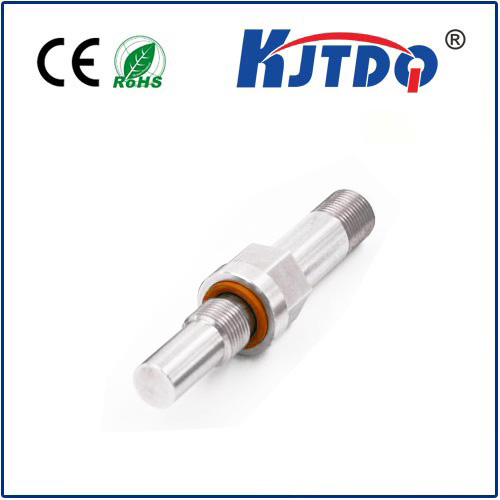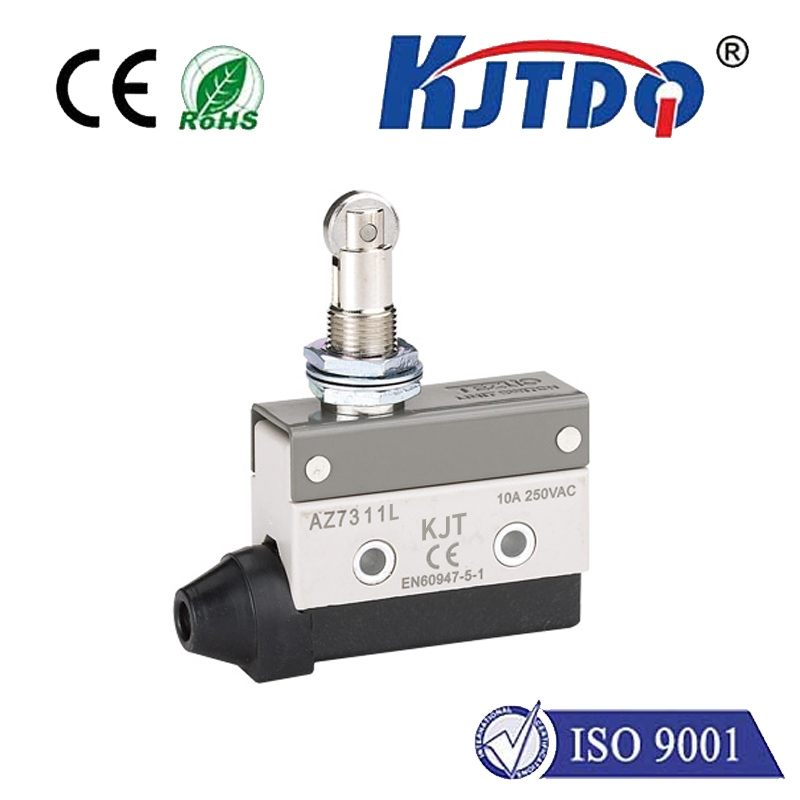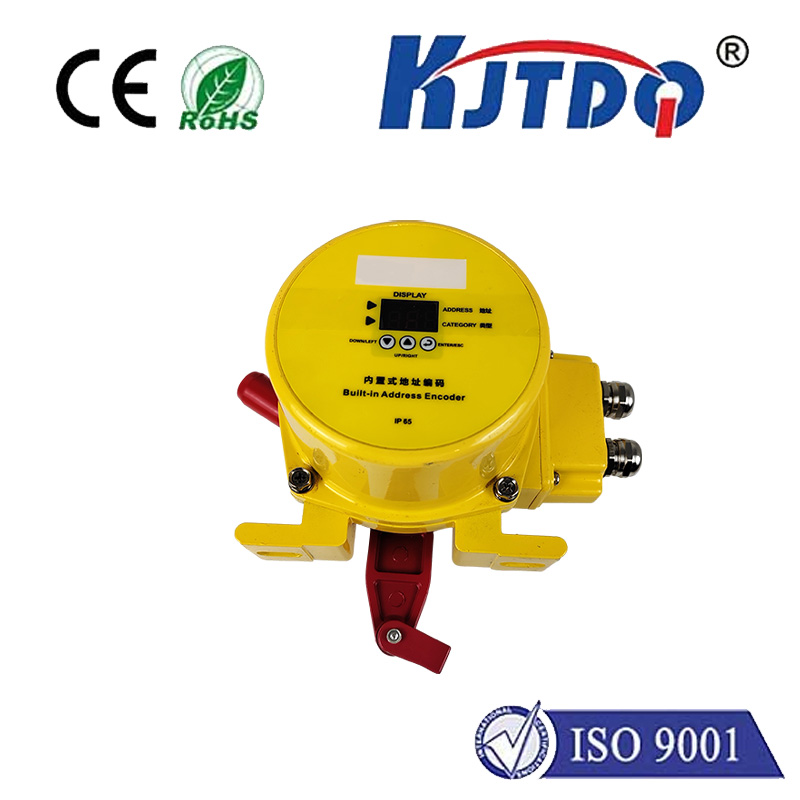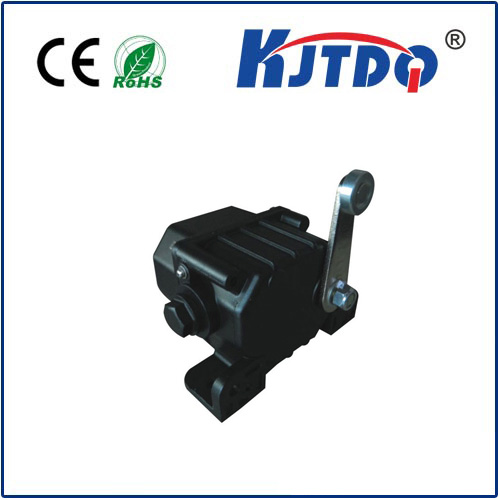

check

check

check

check
Guided Radar Level Sensor: Enhancing Accuracy and Efficiency in Industrial Monitoring
In today’s rapidly evolving industrial landscape, the demand for precise and reliable measurement technologies has never been higher. Among the many innovations in process control and monitoring, the guided radar level sensor stands out as a key component in ensuring accurate measurements in a wide range of applications. This article explores the functionality, benefits, and real-world applications of guided radar level sensors, emphasizing their role in modern industrial systems.
A guided radar level sensor is a type of non-intrusive measurement device that uses radar waves to determine the level of a liquid, solid, or gas in a tank or vessel. Unlike traditional radar sensors, which are often mounted at the bottom of a container, guided radar sensors are designed to be placed at a fixed distance from the tank, allowing them to send and receive radar signals from the top of the tank. This positioning enables the sensor to measure the level of the material without being affected by the physical structure of the tank, making it highly versatile and accurate.
The core principle of a guided radar level sensor lies in the use of pulsed radar technology. The sensor emits a short pulse of radio waves toward the surface of the material being measured. The time it takes for the pulse to return to the sensor is used to calculate the distance to the surface, which is then converted into a level measurement. This method is highly accurate and resistant to interference, making it ideal for applications where precision is critical.

One of the most significant advantages of guided radar sensors is their non-intrusive nature. Since they do not require physical contact with the material, they are suitable for measuring both conductive and non-conductive fluids, including liquids, slurries, and gases. This makes them a popular choice in industries such as chemical processing, food and beverage, and pharmaceuticals, where hygiene and safety are paramount.
Additionally, guided radar sensors are known for their high accuracy and repeatability. They can detect even small changes in level, which is essential in processes where minute variations can have a significant impact on product quality or system performance. This level of precision is particularly valuable in applications such as tank level monitoring, process control, and inventory management.
Another key feature of guided radar sensors is their long-term reliability. Unlike some other types of sensors that may degrade over time, guided radar sensors are built to last, with durable materials and advanced electronics that ensure consistent performance over extended periods. This reliability reduces maintenance costs and downtime, contributing to overall operational efficiency.
In practical applications, guided radar sensors are widely used in various industrial settings. For example, in chemical plants, they are employed to monitor the level of reactants and products in storage tanks, ensuring that the correct quantities are maintained for optimal reaction conditions. In the food and beverage industry, they help monitor the levels of liquids in processing tanks, ensuring that products meet quality and safety standards. In the pharmaceutical sector, guided radar sensors are used to measure the levels of various materials in large storage tanks, providing real-time data for process control and quality assurance.
Moreover, the integration of guided radar sensors with data acquisition systems and control software has further enhanced their capabilities. Modern systems can process the sensor data in real time, allowing for immediate adjustments to process parameters and minimizing the risk of errors or inefficiencies.
As industries continue to prioritize automation, precision, and sustainability, guided radar level sensors are becoming an essential part of industrial monitoring and control systems. Their ability to provide accurate, reliable, and non-intrusive measurements makes them a valuable asset in modern manufacturing and processing environments.
In summary, guided radar level sensors represent a significant advancement in industrial measurement technology, offering unmatched accuracy, reliability, and versatility. As industries evolve, the continued development and adoption of such technologies will play a crucial role in optimizing operational efficiency and ensuring the highest standards of quality and safety.
